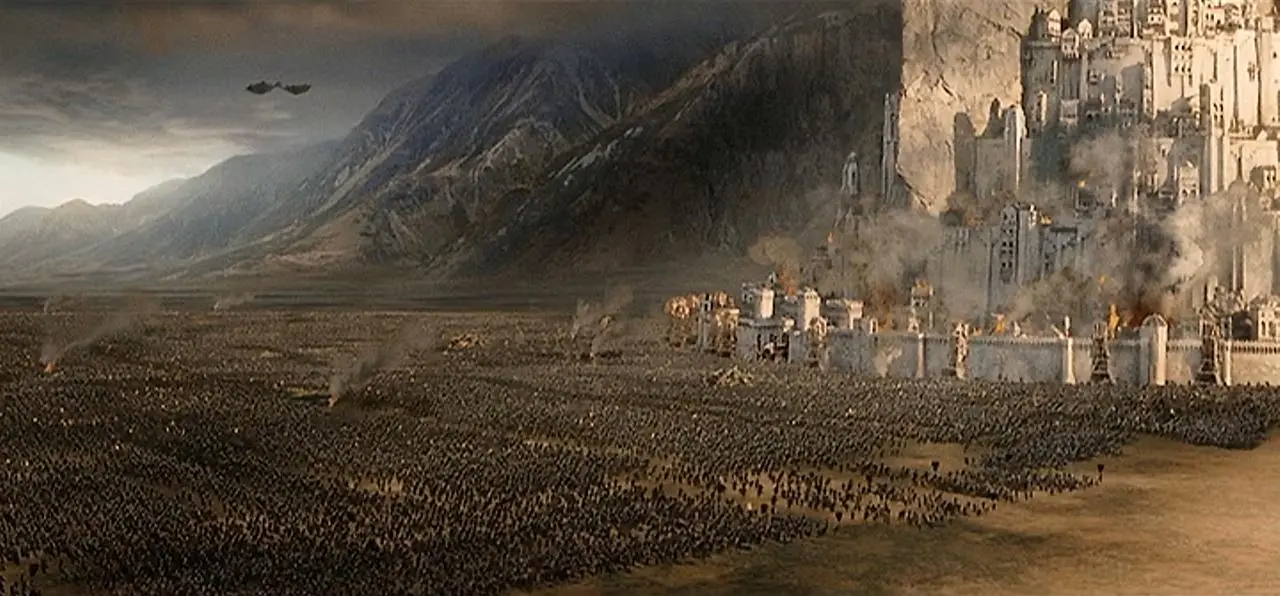Install the app
How to install the app on iOS
Follow along with the video below to see how to install our site as a web app on your home screen.
Note: This feature may not be available in some browsers.
You are using an out of date browser. It may not display this or other websites correctly.
You should upgrade or use an alternative browser.
You should upgrade or use an alternative browser.
Game development presentations - a useful reference
- Thread starter liolio
- Start date
SIGGRAPH 2022 slide of the presentation about the evolution of Nubis the cloud system of the Decima engine
The PPT 1.4GB with some video inside
PDF 48 MB
The PPT 1.4GB with some video inside
PDF 48 MB
The slides of Journey to Nanite
GI 1.0 of AMD
And the video of the demonstration at SIGGRAPH asia 2022 173 mg
Frenetic Pony
Veteran
GI 1.0 of AMD
And the video of the demonstration at SIGGRAPH asia 2022 173 mg
It's a good read, and may be why The Witcher 3 update doesn't seem to have raytraced reflections right now. They mention their reflections are WIP, seemingly taking ques from BFV's reflections.
Guessing both Elden Ring and Halo Infinite will use this as well. A GI system that runs in realtime on consoles is a big draw for most devs, though judging by the paper there's a lot of room for improvement. Probes can easily use generalized RESTIR in a temporal re-use sense, and reflections benefit highly from temporal and spatial re-use. They also need a worldspace cache scheme for volumetrics/translucency. Still it looks good for what it is.
GitHub - ubisoft/ubisoft-laforge-ZeroEGGS: All about ZeroEggs publication ( https://arxiv.org/abs/2209.07556 )
All about ZeroEggs publication ( https://arxiv.org/abs/2209.07556 ) - GitHub - ubisoft/ubisoft-laforge-ZeroEGGS: All about ZeroEggs publication ( https://arxiv.org/abs/2209.07556 )
It's a good read, and may be why The Witcher 3 update doesn't seem to have raytraced reflections right now. They mention their reflections are WIP, seemingly taking ques from BFV's reflections.
Guessing both Elden Ring and Halo Infinite will use this as well. A GI system that runs in realtime on consoles is a big draw for most devs, though judging by the paper there's a lot of room for improvement. Probes can easily use generalized RESTIR in a temporal re-use sense, and reflections benefit highly from temporal and spatial re-use. They also need a worldspace cache scheme for volumetrics/translucency. Still it looks good for what it is.
What’s the connection to Witcher 3?
An interesting thread about sharing game and rendering technology
Very interesting paper
We evaluate the performance of a wide set of combinations of traversal and voxel intersection testing of signed distance function grids in a path tracing setting. In addition, we present an optimized way to compute the intersection between a ray and the surface defined by trilinear interpolation of signed distances at the eight corners of a voxel. We also provide a novel way to compute continuous normals across voxels and an optimization for shadow rays. On an NVIDIA RTX 3090, the fastest method uses the GPU's ray tracing hardware to trace against a bounding volume hierarchy, built around all non-empty voxels, and then applies either an analytic cubic solver or a repeated linear interpolation for voxel intersection.
Frenetic Pony
Veteran
Animated point based impostors! Another win, and since they can store animation states, well one could try to do something like arbitrary sized meshlet culling where instances start heavily overlapping due to tiny pixel coverage of tens of thousands of soldiers or distant animated grass or etc. Or just take inspiration from this and

Similar threads
- Replies
- 2
- Views
- 4K
- Replies
- 25
- Views
- 3K
- Replies
- 21
- Views
- 10K
- Replies
- 90
- Views
- 18K
